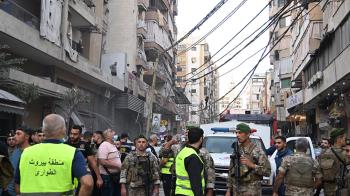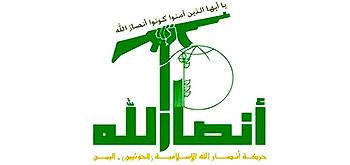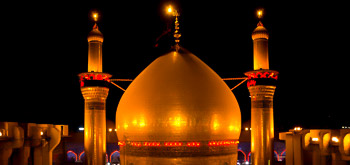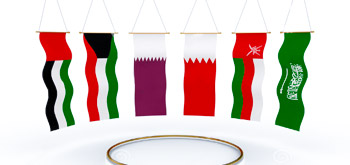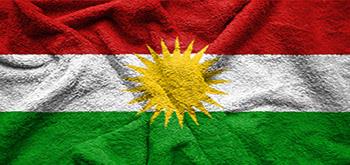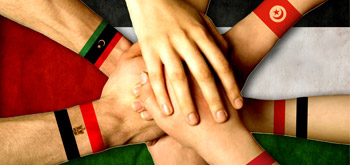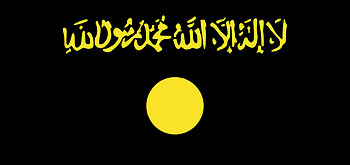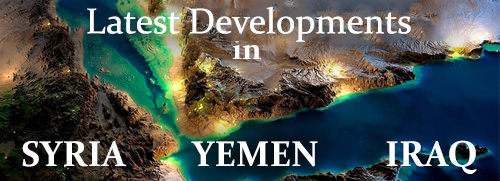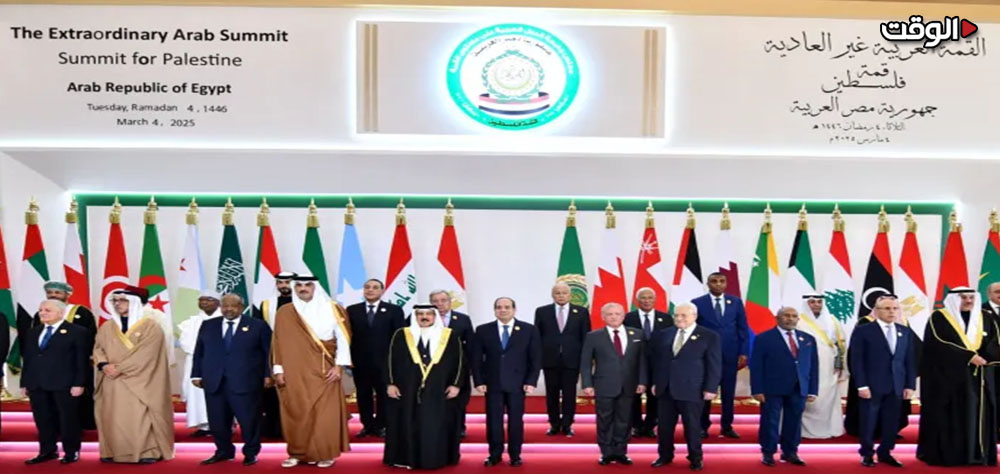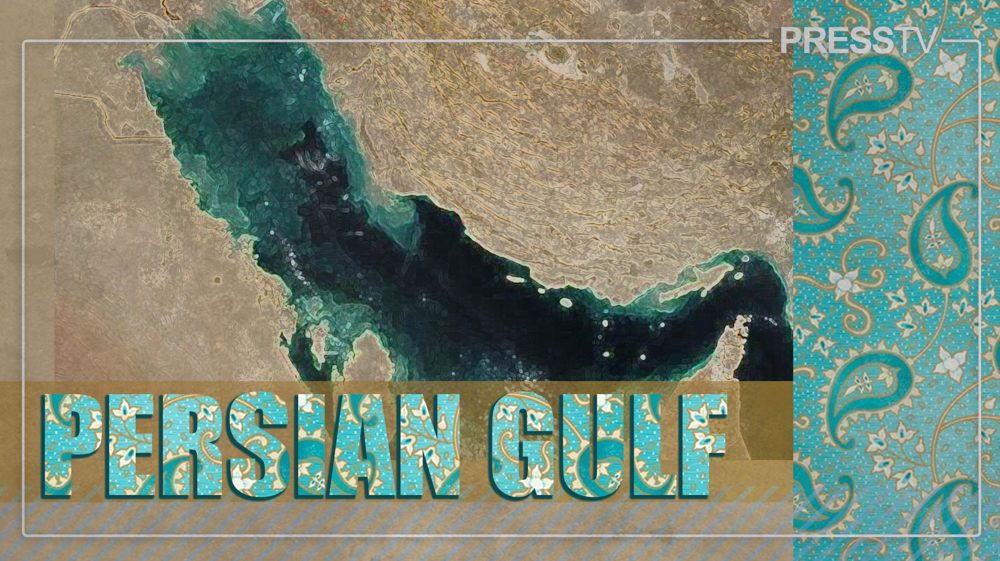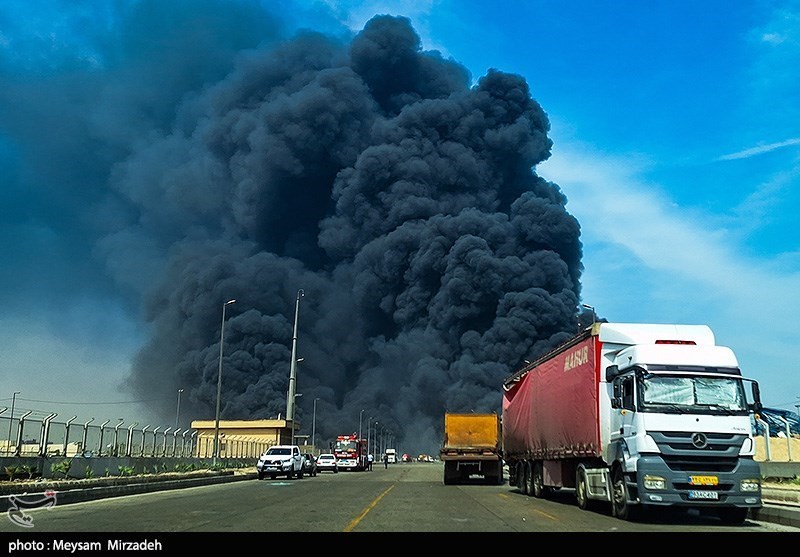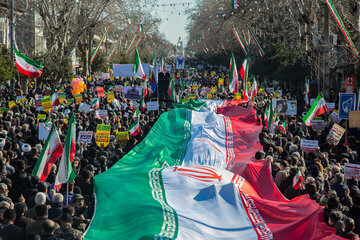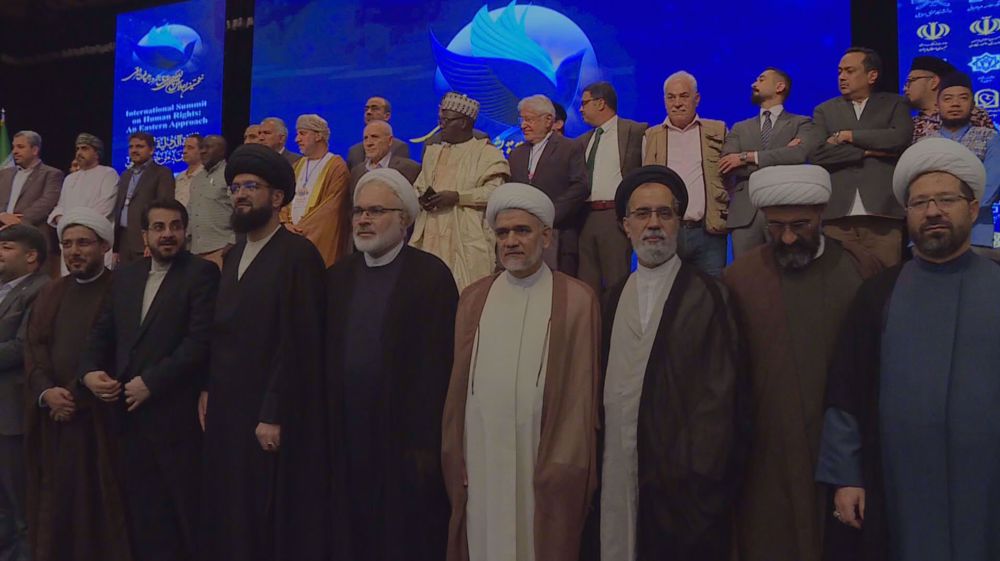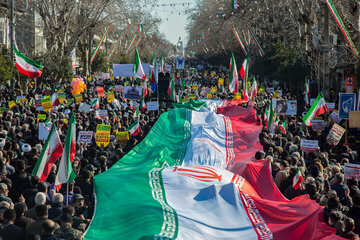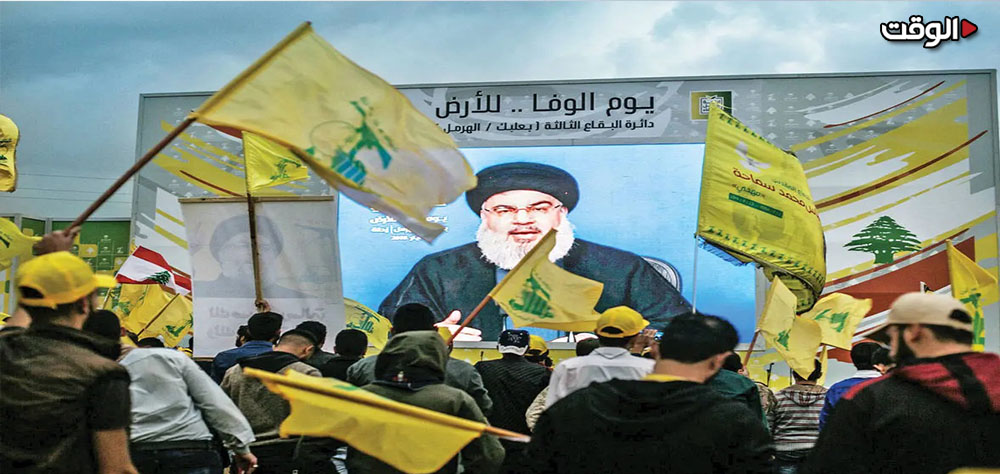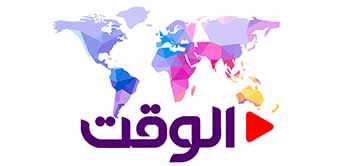Alwaght- After wide-ranging world community opposition to the Trump's plan to relocate Gaza people, the Arab countries have gone on the offensive on this occupation plan and presented a new initiative for Gaza reconstruction in their recent emergency meeting.
In the Cairo emergency meeting on Tuesday, Arab leaders threw their weight behind an Egyptian-presented plan for rebuilding war-ravaged Gaza. According to sources, the plan has three phases and will take five years to fully implement.
Phase 1 (six months): A committee of Palestinian technocrats under the management of the Palestinian Authority will clear the rubble from Salah al-Din Street and the North-South Highway in Gaza.
Phase 2: Construction of 200,000 temporary housing units to house 1.2 million people and repair of 60,000 damaged buildings.
Phase 3: Reconstruction of 400,000 permanent homes, reconstruction of Gaza Port and its international airport, and improvement of vital infrastructure including water, sewage, communications, and electricity.
Speaking to reporters about how the $53 billion plan would be financed, Palestinian Prime Minister Mohammed Mustafa stressed that the management of the reconstruction would be entrusted to an independent entity under international supervision. All financial resources would also be deposited in an international fund, possibly managed by the World Bank, to ensure transparency in the provision and spending of financial resources.
Referring to the great challenge of raising the funding, he announced plans to hold international conferences to attract the necessary financial assistance for the long-term reconstruction and development of Gaza.
Arab resolved to stand against Trump bullying
The Arab initiative is coming against the Trump's plans which eye expulsion of Gazans from their land to Egypt and Jordan under the excuse of reconstruction.
Secretary-General of the Arab League, Ahmed Aboul Gheit, maintained that the Cairo meeting had two main goals: First, the collective opposition of Arab countries to any attempt to forcibly relocate Palestinians from Gaza, and second, to present practical and realistic solutions instead of proposals for the evacuation of Gaza.
One of the key points in the Arab plan for Gaza is that all Arabs agree that the reconstruction of Gaza is possible even with the presence of two million Palestinians and that there is no need to expel them to Egypt and Jordan. However, the Arab League’s statement had not appealed to the US, the American national security spokesperson said: “The current proposal does not address the reality that Gaza is currently uninhabitable and residents cannot humanely live in a territory covered in debris and unexploded ordnance.” Unlike the United States, the Arab view is that the reconstruction plan for Gaza can be implemented in several stages and region by region, without any challenges.
Adoption of the Egyptian plan showed that all Arabs, even the compromising regimes, have understood the dangerous and unilateral dimensions of the Trump's plan. The Arab leaders know that with the migration of the residents of Gaza, their way of returning to their homeland will be practically blocked, but if they are settled in Gaza, everything will be completed soon. Perhaps the people of Gaza themselves will also help in the construction process and it will also be effective in reducing costs.
Usually, foreign aid must be in such a way that the satisfaction of the party receiving it is gained, and for this reason, the construction of housing units and infrastructure in Gaza must also be in accordance with the wishes and demands of the residents of this coastal strip, and Arab leaders are also aware of this issue.
Arab initiative or Arab funding?
Despite the transparency of the Arab statement about Gaza reconstruction, there are some ambiguities surrounding it, including where the $53 billion earmarked for reconstruction will come from. Without a doubt, the US and Israel will not assist the plan and the UN and human rights organizations will help only to a small extent. Therefore, as Aboul Gheit announced, the Egyptian plan is now recognized as an official Arab plan and has the full advocacy of all Arab countries, so the Arabs themselves must also take charge of implementing this process.
Experience has shown that solely holding these meetings without implementing financial and diplomatic obligations does not help much in improving the critical conditions. So, the Arab countries should adopt a practical and transparent mechanism to act on their promises and press Tel Aviv to lift the blockade since its continuation will hinder the rebuilding process.
$53 billion is not a big amount for the Arabs, especially the wealthy monarchies of the Persian Gulf, over a period of 5 years, and they can easily afford this amount. It goes without saying that Trump, despite claims of planning to rebuild the enclave, actually wanted to finance the construction from the Arabs' pockets. Therefore, the Arab countries are forced to participate in the reconstruction of Gaza in both cases, and it would be better if they shouldered the responsibility of this reconstruction alone and did not let Trump claim the credit for success of the project.
In the Ukraine case, Trump showed that he is not willing to spend even a single dollar from the American pocket for others, and if he had completed the reconstruction of Gaza with Arab petrodollars, he would have effectively owned Gaza at no cost. With this in mind, if the Arabs had carried out the reconstruction of Gaza alone, they would have both prevented the strip from being handed over to the US, and by keeping the Palestinians in their land, they would have thwarted the Israeli-Western plan to expand the occupation.
Obstruction under the excuse of expulsion of Hamas
Seeing Hamas posing a serious obstacle ahead of their evil plots in Gaza, the US and Israel do not want to engage this movement in new Gaza security and political structures by any means. But the Arab countries have indirectly recognized Hamas as a party to their initiative, leaving Washington and Tel Aviv angry at them.
The US national security spokesman claimed in this regard that “Donald Trump has clearly emphasized that Hamas cannot continue to rule Gaza.” The Israeli regime also strongly attacked the outcomes of the Arab meeting, claiming that the statement ignored “new realities after October 7” and did not issue any condemnation against Hamas.
During the first phase of the ceasefire agreement, the US and Israel concluded that it was impossible to remove Hamas from the future management of Gaza and that the only possible way was a complete migration of the people of this strip. Therefore, the unwillingness of Arab countries to advance the great challenge of de-Hamasification of Gaza as a precondition to Gaza reconstruction is exactly on the opposite point of plan of Trump and Israel.
This challenge is better understood when one considers the apparent contradiction between the leaders of Washington and Tel Aviv in dealing with the issue of Hamas presence, where the Israeli regime and the US, during the war and the massacre of all the people of Gaza, even counted medical personnel, Red Cross relief forces, children and women as members of Hamas, but now they believe that Hamas forces can be distinguished from other citizens.
Record of resistance wars with Israel suggests that Gaza is intertwined with resistance and as the Israelis admit, Hamas is not just a political and military movement but a thought having its roots entrenched in the Palestinian society and it is uneasy to uproot.
The massive reception of fighters of Ezzudin Qassam Brigades, the military wing of Hamas, bears witness to the high popularity of the movement among the Palestinians. Therefore, the US and Israeli push for Hamas elimination is infeasible and Hamas cannot be removed from security and political structures of Gaza.
Sending international forces to Gaza: Defenders or interrupters of peace?
In response to the ambitious demands of the US and the Israeli regime, the Arab League has also devised measures to block the way of Trump and Netanyahu making excuses for Gaza occupation. To this end, Arab League has called on the UN Security Council to deploy international peacekeeping forces in the West Bank and Gaza.
However, deployment of foreign forces under the ruse of safeguarding the order is a sensitive issue Hamas leaders have strongly come against. Although Hamas welcomed the Arab League initiative, it said it categorically opposes any presence of foreign forces in the Gaza Strip or non-Palestinian administration of the enclave. Therefore, in this case, too, if something is to be done in favor of the Palestinians, it would be better for Arab forces to be stationed in Gaza, indeed temporarily, to take any excuses from Washington and Tel Aviv.
Adoption of the Egyptian plan by the Arab League is indicative of Arab unity in defending rights of Palestinians and opposing any forced migration of the Gazans. This is viewed as an effort to challenge foreign plans that risk changing popular composition and Palestinian identity of Gaza.

